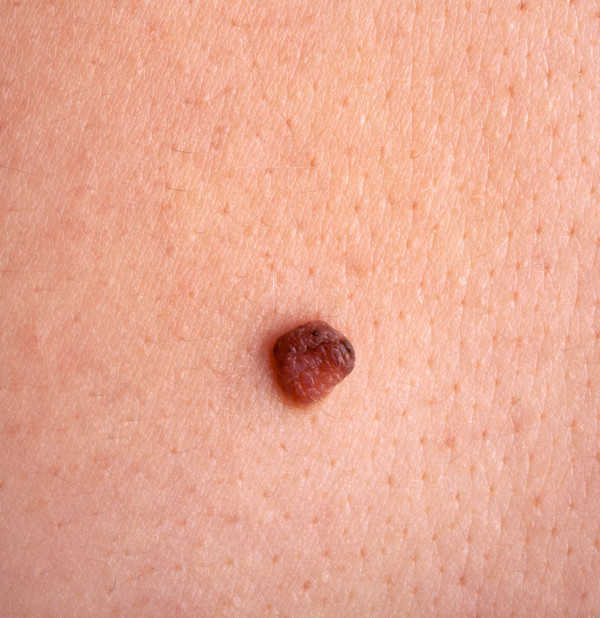
Mole Removal in London
Mole Removal is a relatively common, outpatient procedure that should be performed by an experienced Dermatologist. Dr Daniel Glass specializes in mole removal surgery, this can be undertaken in Dr Glass’ clinic in Harley Street or in a number of other locations in North West London.
What is a mole?
Moles are a cluster of pigmented cells which form dark, usually brown, spots on the skin. Moles are very common – most people have between 10 and 40 – usually appearing at birth or in childhood or adolescence. Moles can be raised or flat and vary in size and shape. Most moles are harmless, although depending on their size and location can sometimes cause discomfort, annoyance or impair physical appearance.
When would you remove a mole?
Mole removal surgery is most commonly carried out for reasons of clinical concern. However cosmetic mole removal is also carried out when someone has a mole on their face that they don’t like the appearance of, making them self-conscious.
Medical mole removal is carried out when there is clinical concern that the lesion in question may be skin cancer, such as melanoma. According to Cancer Research UK, 13,300 people are diagnosed with melanoma each year. Warning signs include:
- The sudden appearance of a new mole
- Change in shape or colour
- Mole irregularity – asymmetric or irregular around the edges
- Itching, bleeding or redness
If you notice any of these symptoms you should contact Dr Glass to schedule a mole screening, either in Harley Street or at any of his clinics across North West London. Dr Glass will examine the mole in question and determine whether a removal procedure is necessary.
What is the procedure for removing moles?
A mole removal operation is usually done under a local anaesthetic to numb the surrounding area. The exact procedure depends on the size, type, location and number of moles being removed. Most are removed with a scalpel and the wound is then closed with stitches. Other times raised moles will be shaved excised or cold liquid nitrogen gas or a high-energy laser might be used to destroy the skin lesion in question.. Usually, the procedure will leave a scar which will lighten over time. The size of the scar will depend on the procedure done and on the size, type and location of the mole.
Even though it is typically quick and relatively painless, as a surgical procedure, mole removal must be performed using an aseptic technique with sterile equipment and appropriate clinical expertise, such as that possessed by Dr Glass.
What is recovery like?
Postoperatively the wound might scab and be uncomfortable for a couple of weeks. Most discomfort and inflammation should resolve itself after that time. You might also experience some itchiness as the healing process continues. If any irritation should persist, contact Dr Glass immediately or contact his secretary to schedule a follow-up appointment.
Moles should be regularly monitored, especially if you have many of them, have light skin, or have a family history of melanoma. In addition to checking your own moles for change or irregularity once a month, it can be useful to schedule a clinical mole check with Dr Glass on a regular basis.
Call us today at 020 3282 0011 to book an appointment with Harley Street Dermatologist Dr Daniel Glass.